
How to Drink Milk Without Getting Acne: Best Practices for Skin Health
Milk has always been a staple for glowing skin and strong bones, but for some, it's also a sneaky cause of stubborn breakouts. How to drink milk without getting acne is a pressing question for many who may suffer from skin conditions post dairy consumption. Although dairy is nutritious (and a great source of calcium), as it can prompt hormonal and/or inflammatory responses in some people, it may prompt an increase in acne. The good news is that with an understanding of how dairy can impact the skin and implementing some strategic consumption habits, you can enjoy the benefits of milk while still keeping your skin healthy.
Does milk cause acne?
The relationship between dairy and acne has been debated for decades. There is no yes or no answer to the question, "Does dairy cause acne?" Some research indicates that dairy, specifically milk, can trigger breakouts in certain individuals based on its hormonal content. Additives in regular dairy can promote oil production and clogged pores. Moreover, high-glycemic dairy can cause blood sugar spikes, which catalyse inflammation and worsen acne.
The role of product quality in dairy products
Whether dairy affects your skin depends on the quality of the dairy you consume. If you have cystic acne, milk from cows treated with artificial addditves can drive up androgen levels and exacerbate acne. Opting for organic milk can reduce exposure to these potential acne triggers. Plus, you'll find higher levels of omega-3 fatty acids in grass-fed dairy, which helps offset inflammation.
Why lactose intolerance or dairy sensitivity could be causing your skin problems
If you have lactose intolerance or dairy sensitivity, your body cannot break down dairy, resulting in gut inflammation. Such inflammation can result in skin disorders, such as acne. Symptoms like bloating, indigestion or nasal congestion after consuming milk may signal a sensitivity that could be affecting your skin. Switching to lactose-free milk or fermented dairy foods such as yoghurt and kefir can definitely benefit you.
How to drink milk without getting acne
If you love milk but need to get skin-wise, here are the best moves:
Opt for organic milk
You must get A2 milk and cow and goat milk that is organic and so that you can remove those potential acne triggers found in conventionally produced dairy. These options have lower amounts of synthetic additives that may contribute to excessive Sebum Production.
Try non-dairy alternatives
Substitute it with plant-based milk like almond, oat, soy, or coconut milk so you can enjoy milk without breakouts. These options lack the additives present in cow's milk and allow you to get vital nutrients without aggravating the skin.
Limit dairy intake
If you think dairy is the culprit behind your skin, try scaling back your consumption. Instead of drinking multiple servings each day, keep dairy to a minimum, consume only small portions, and evaluate if your acne gets better.
Balance with an anti-inflammatory diet
It can be balanced, however, with an anti-inflammatory diet that can help counteract the potential adverse effects of dairy. Antioxidant, omega-3 fat, and fibre-rich foods like green leafy vegetables, berries, nuts, and fatty fish can reduce skin inflammation and support a glowing complexion.
Hydrate well
Drinking lots of water also purges the skin of toxins that may contribute to breakouts. Proper hydration plays a significant role in keeping the skin plump and preventing the overproduction of oil.
Monitor your skin's reaction
If you are savvy with a food and skin care journal, then you can keep a record of the consequences of eating dairy and what happens to your skin. If you find a correlation between your breakouts, make the necessary adjustments.
Use skincare products to prevent breakouts
Alongside dietary adjustments, using the right skincare products can help prevent acne caused by dairy consumption.
- Acne & Oil Control Intense Serum with 2% Salicylic Acid: This salicylic acid serum unclogs pores and controls excess oil production, reducing breakouts.
- Mineral Matte Tinted Sunscreen (SPF 30): This tinted sunscreen is lightweight and non-greasy, which provides a natural, healthy complexion while protecting the skin from sun damage.
- Acne Care & Healing Gel Moisturiser: Formulated with niacinamide, squalane, tea tree, and cica extract, this acne moisturiser hydrates, soothes, and targets acne without clogging pores.
- Overnight Acne Spot Corrector: Formulated with Sulfur, Zinc Oxide, Glycerin, and Calamine, this spot corrector helps shrink pimples overnight.
Best ways to consume dairy for acne-prone skin
For those who still want to enjoy dairy, the following strategies can minimise its impact on the skin:
1. Drink milk in moderation
Rather than overloading on dairy, consume milk in small amounts and balance it with skin-friendly foods to prevent breakouts.
2. Pair dairy with anti-inflammatory foods
Combining dairy with anti-inflammatory foods like turmeric, green tea, and nuts can reduce its potential to cause acne. Adding cinnamon to your milk, for example, can help stabilise blood sugar levels and lower inflammation.
3. Choose fermented dairy
Fermented dairy products like yoghurt and kefir contain probiotics that support gut health and reduce inflammation, making them better alternatives to regular milk. If you're wondering, “Does curd cause acne," the answer depends on how your body reacts. While curd contains beneficial probiotics, it can still trigger breakouts in some individuals, especially if consumed in excess.
Conclusion
Is milk good for skin? Yes, milk doesn't have to be the enemy of clear skin. By choosing high-quality dairy, balancing your diet, and adopting a proper skincare routine, you can enjoy milk without worrying about breakouts. If dairy sensitivity is a concern, switching to non-dairy alternatives or fermented options can provide a safer way to enjoy milk's benefits. Additionally, using effective skincare products like Acne & Oil Control Intense Serum and Overnight Acne Spot Corrector can help keep your skin clear. Ultimately, the key to Acne free Skin lies in understanding your body's response to dairy and making informed dietary and skincare choices.
FAQs
1. Which type of milk is best for acne-prone skin?
Organic or A2 milk is the best option for those prone to acne, as it contains fewer inflammatory additives. Plant-based alternatives like almond or oat milk are also excellent choices.
2. Can lactose-free milk prevent acne?
Lactose-free milk removes the lactose sugar but still contains dairy proteins and additives. While it may help those with lactose intolerance, it may not necessarily prevent acne.
3. Does drinking milk at night cause breakouts?
There is no direct evidence that consuming milk at night worsens acne. However, late-night dairy consumption may affect digestion and increase inflammation, potentially impacting skin health.
4. How much milk can I drink without triggering acne?
The amount varies from person to person. Limiting milk to one small serving per day and monitoring your skin's response can help determine your ideal intake.





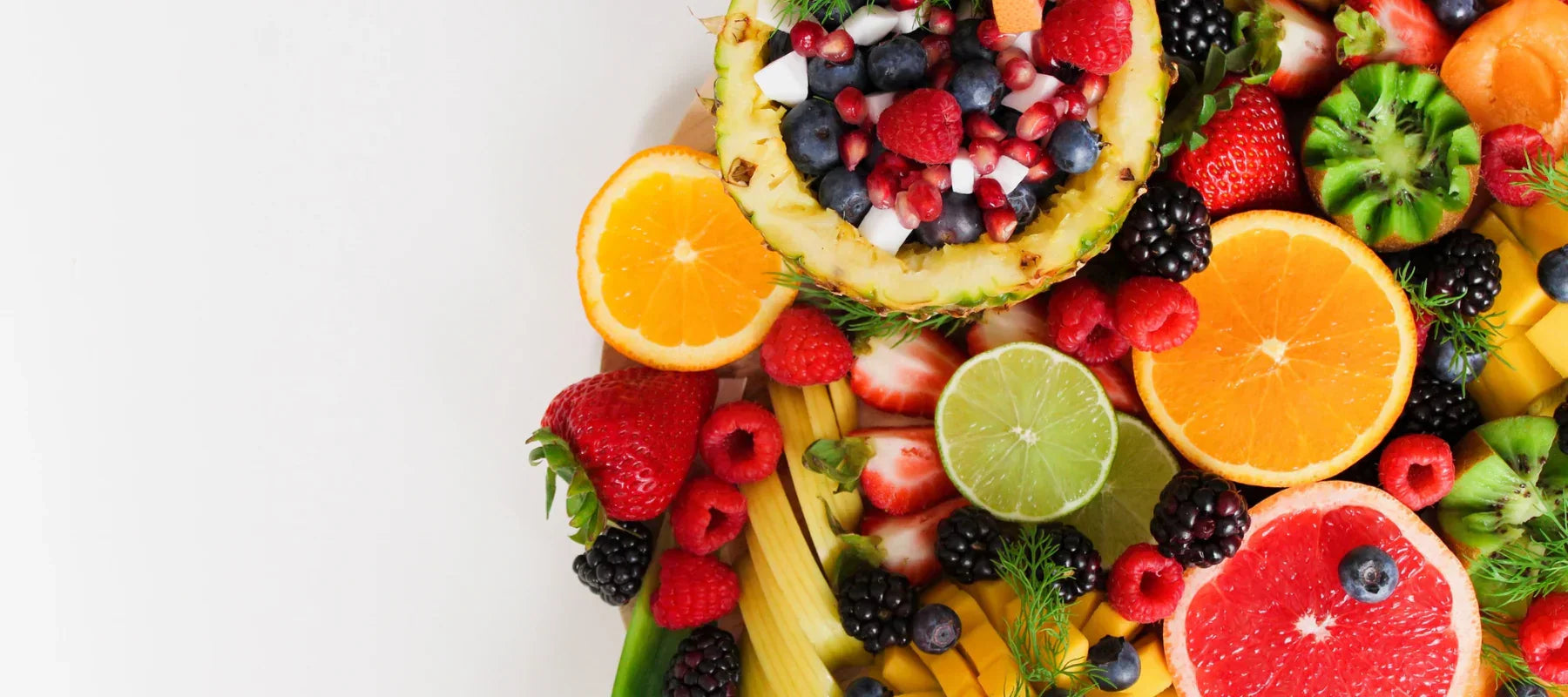
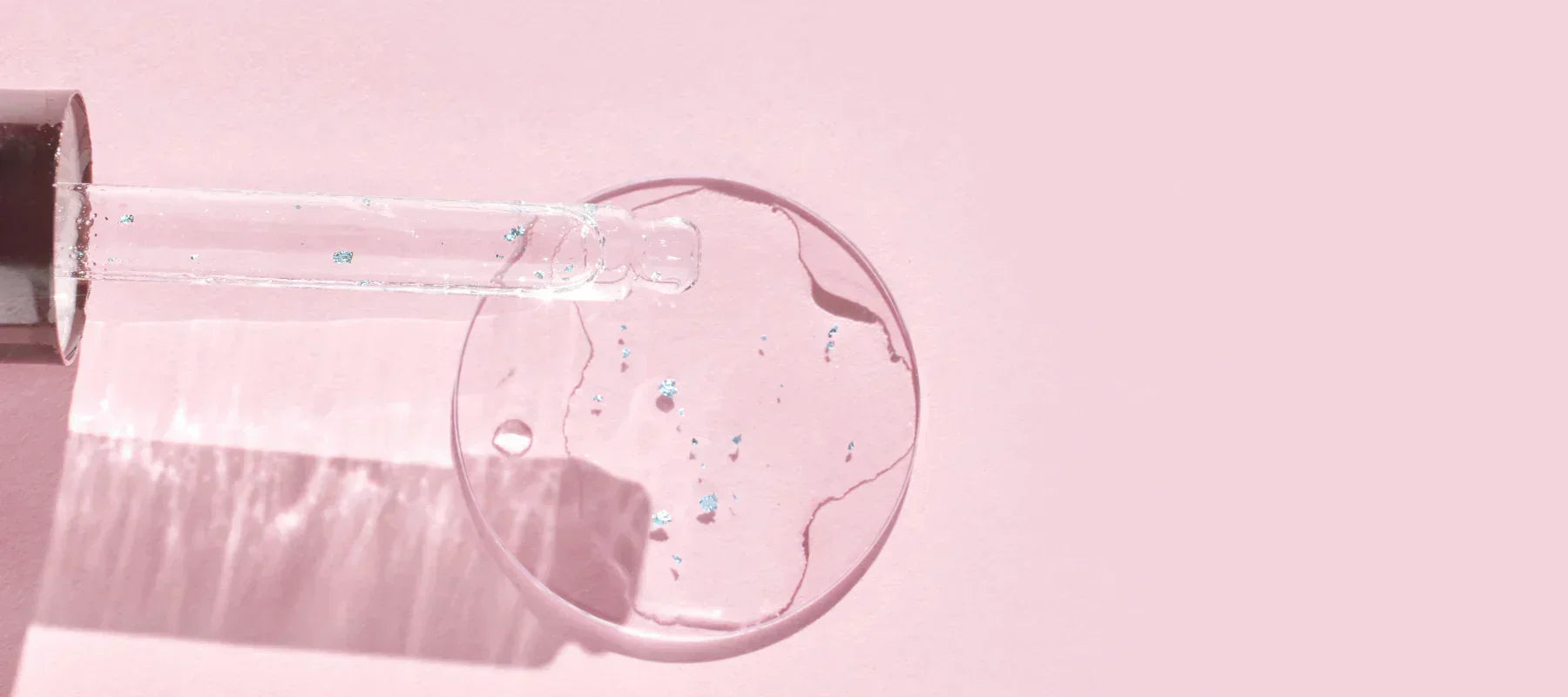
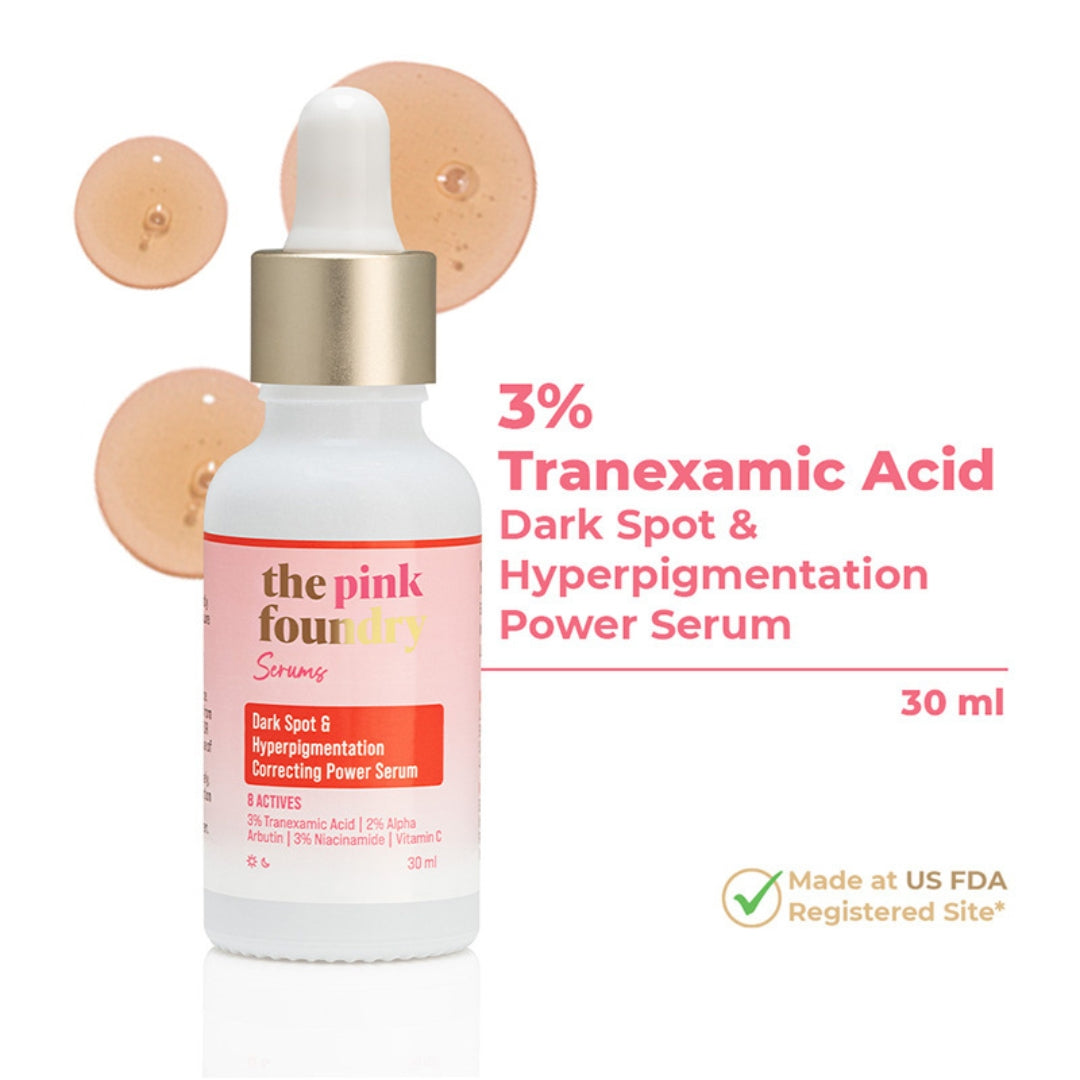
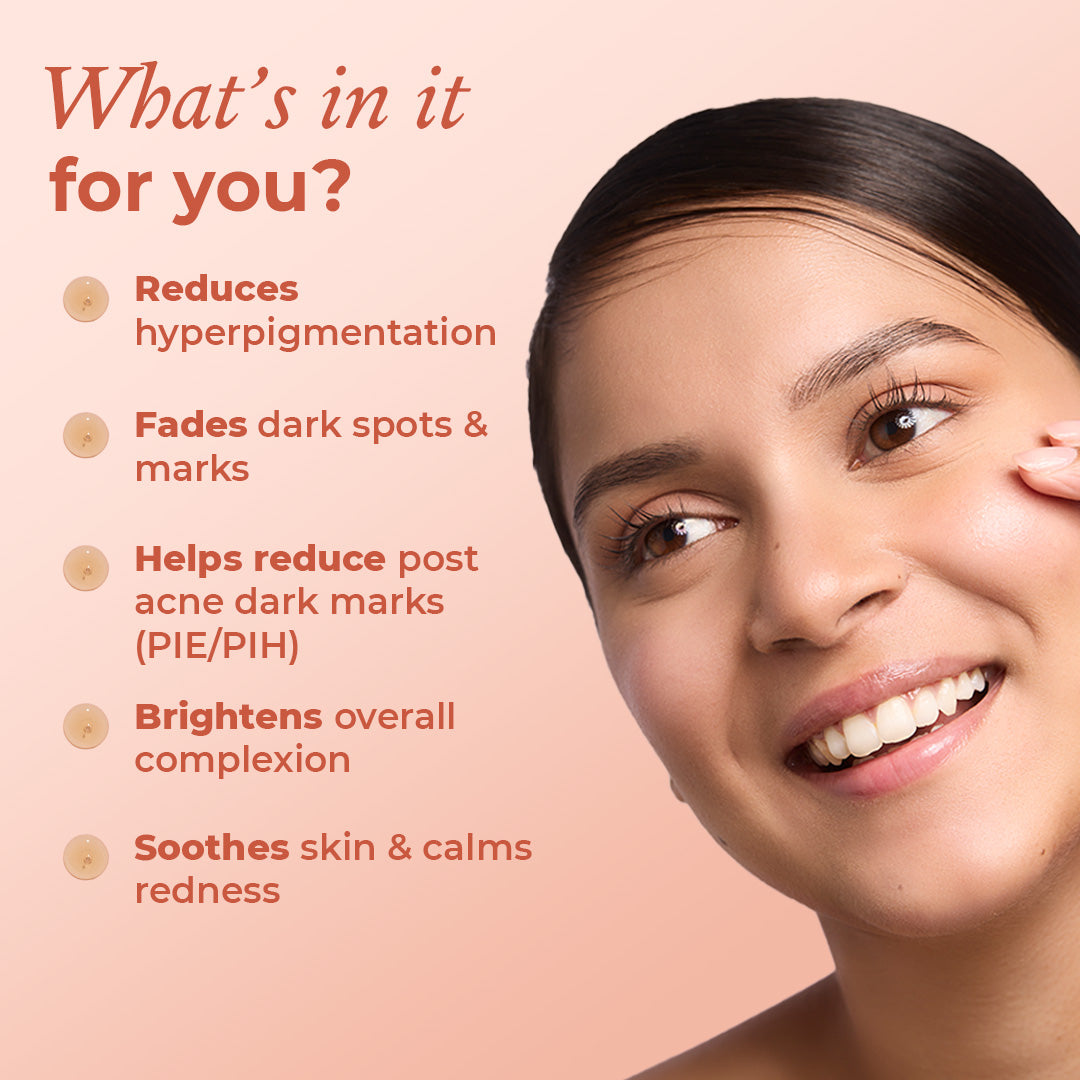
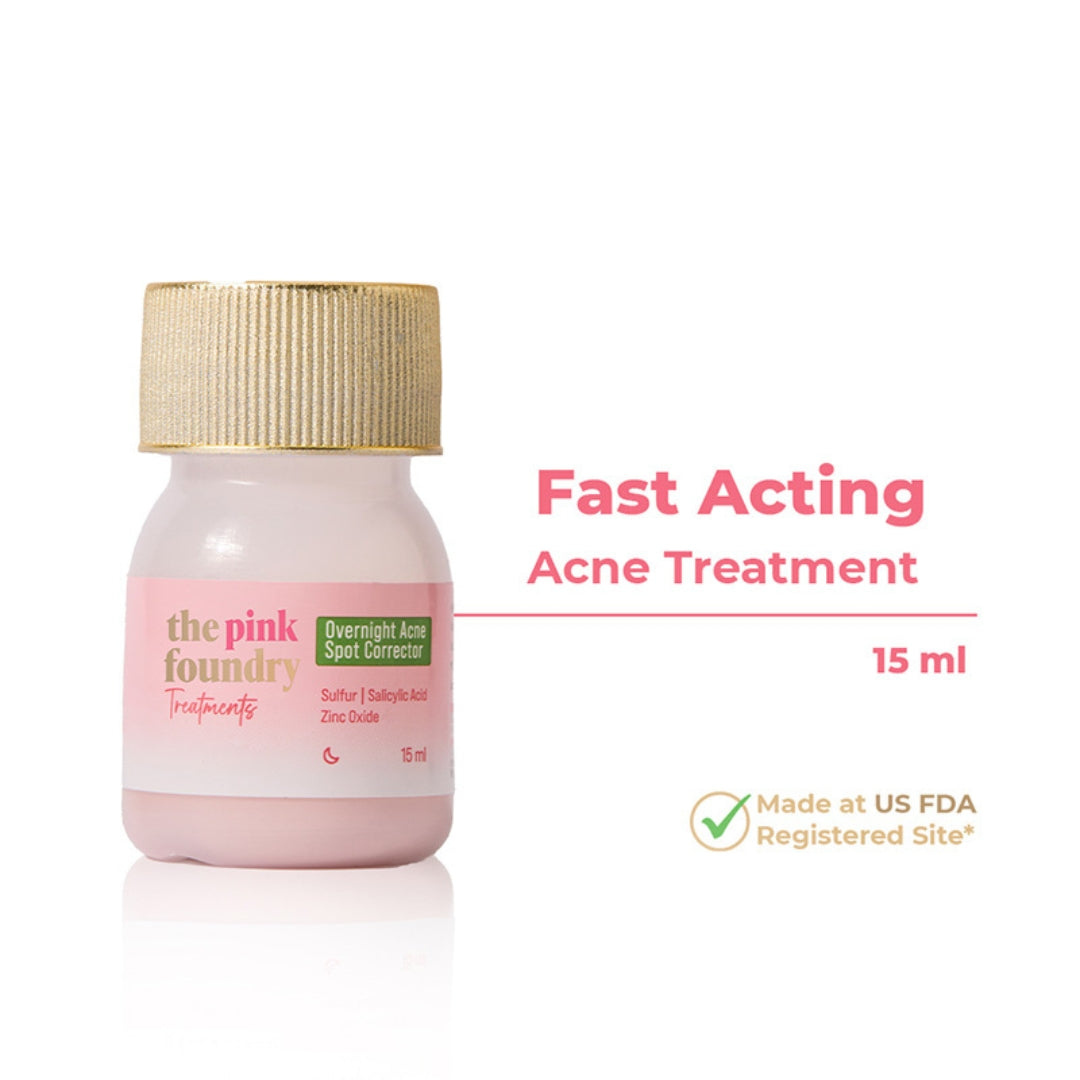

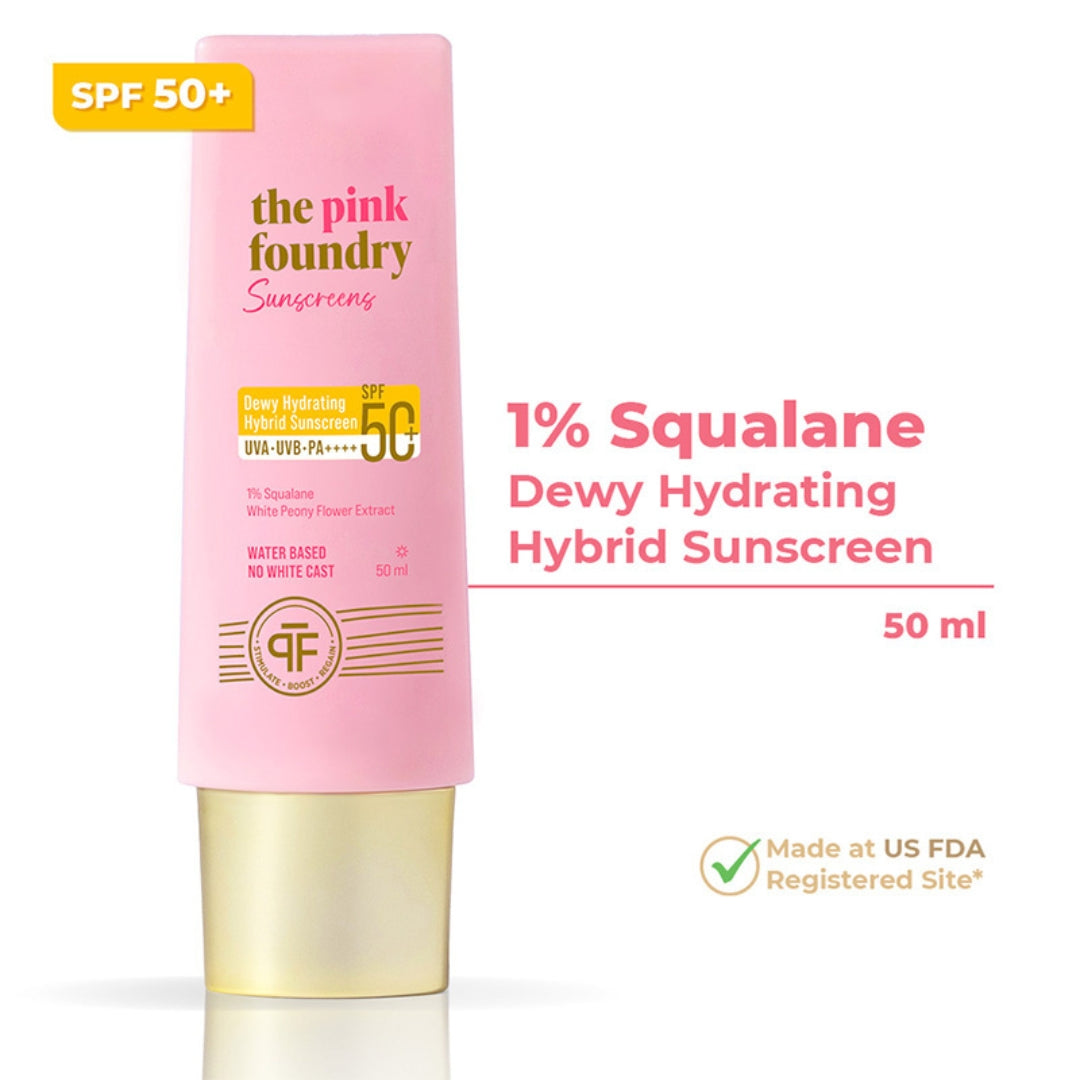
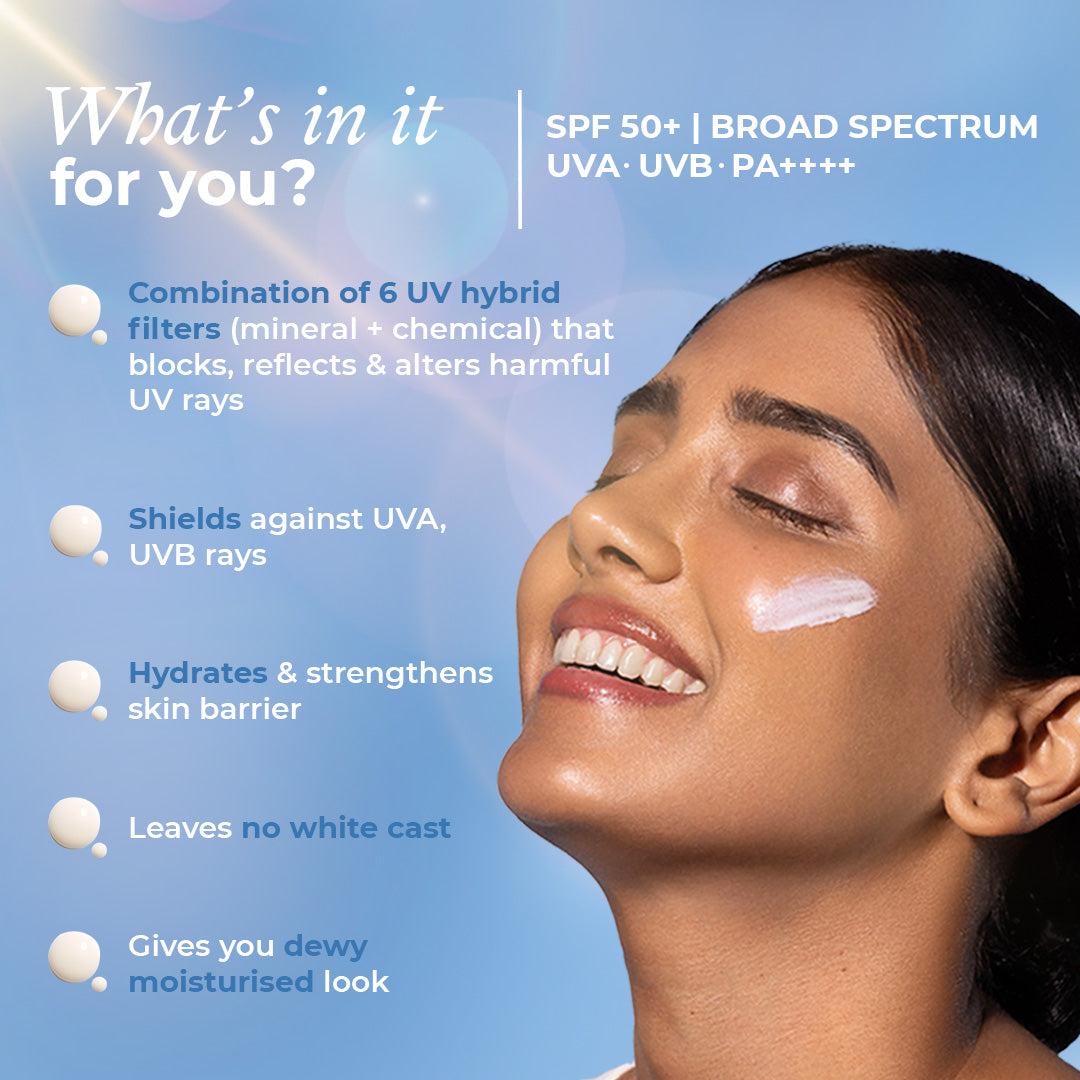

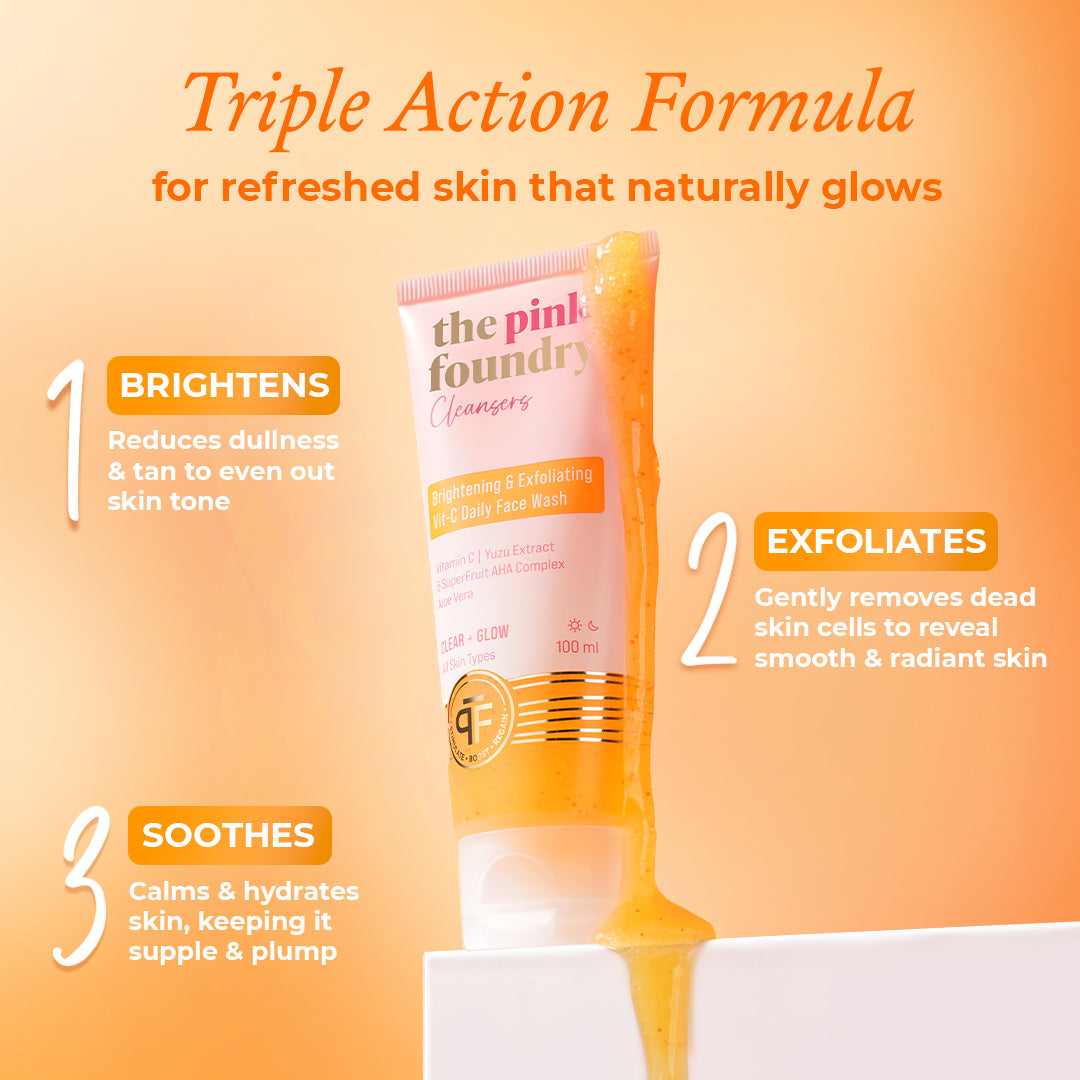
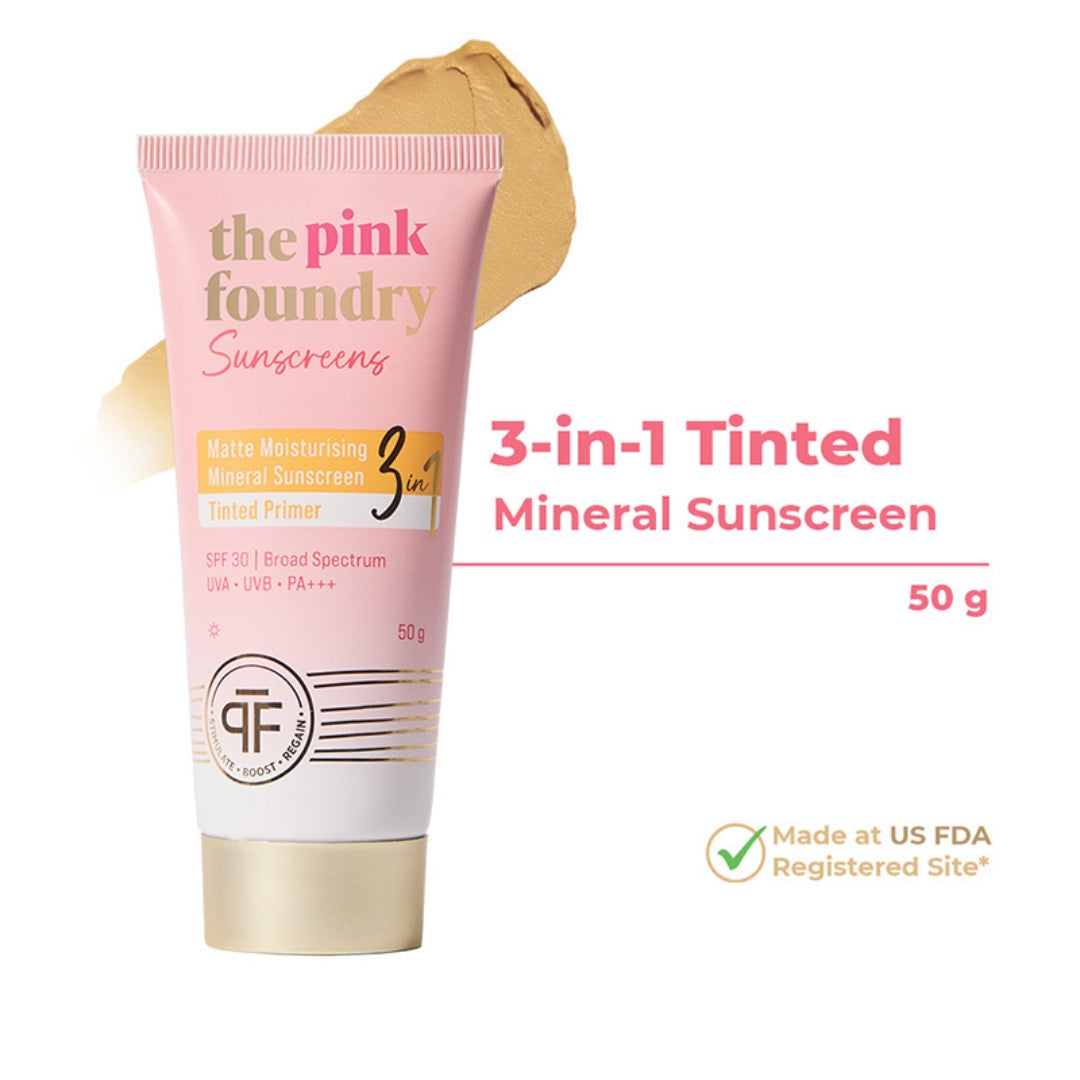
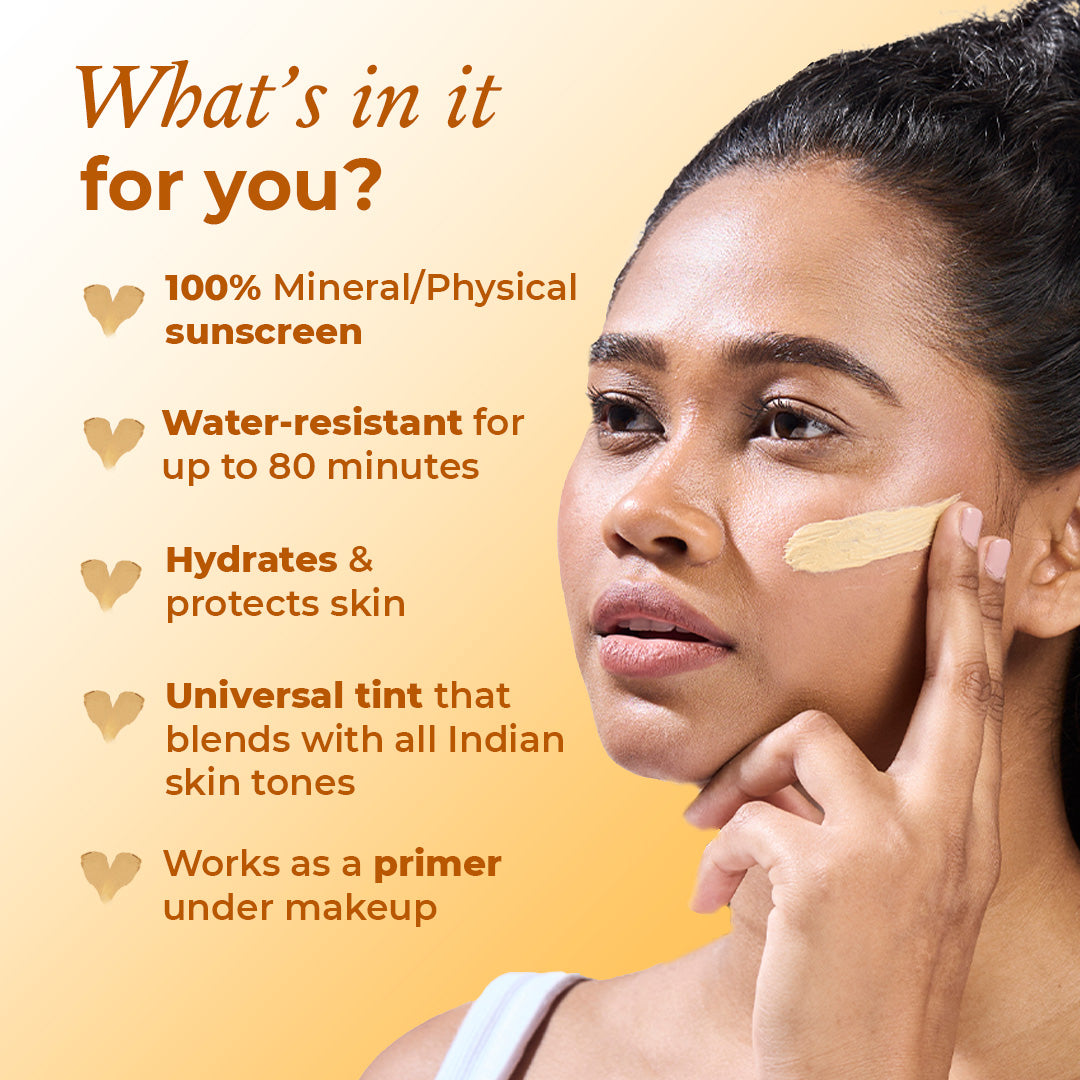
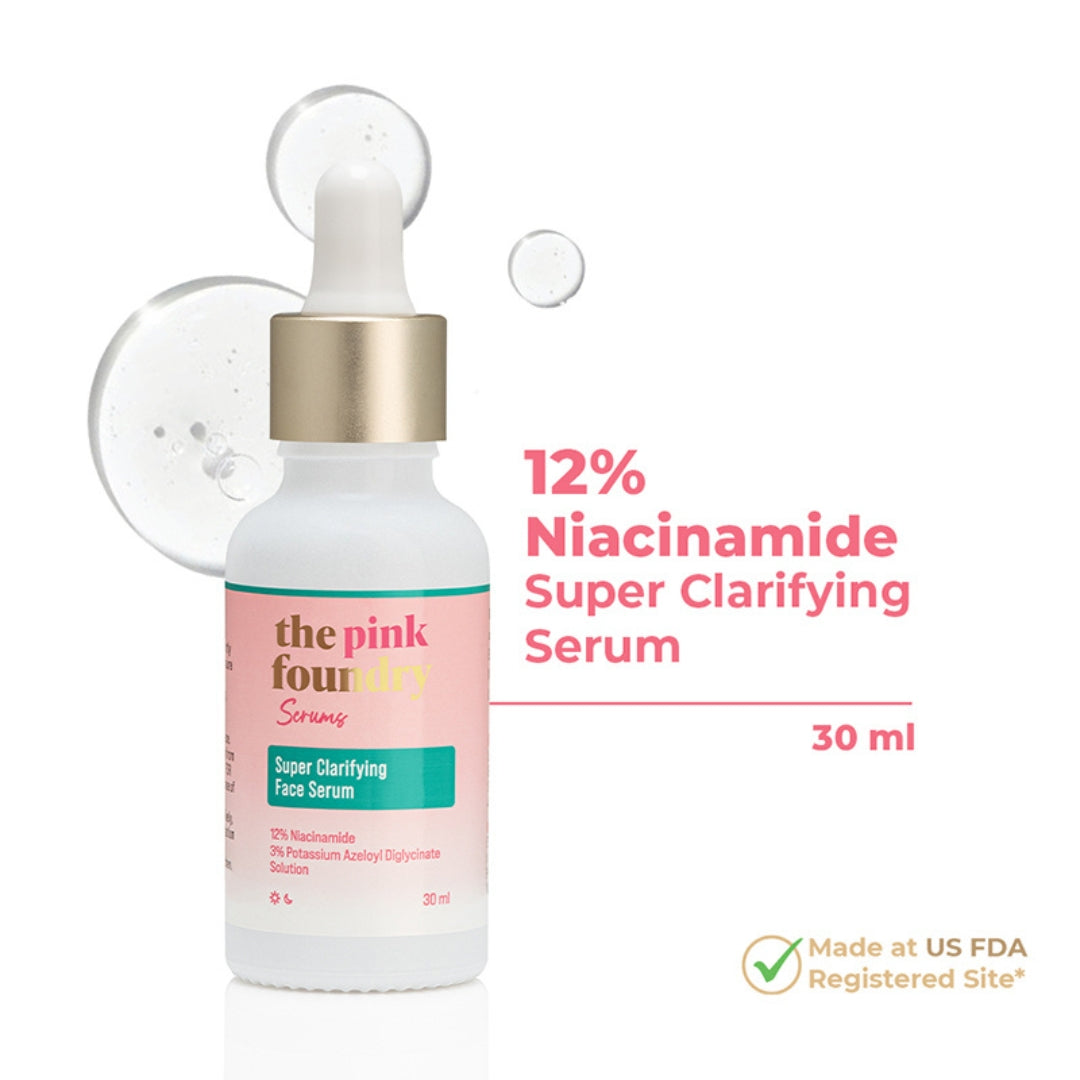
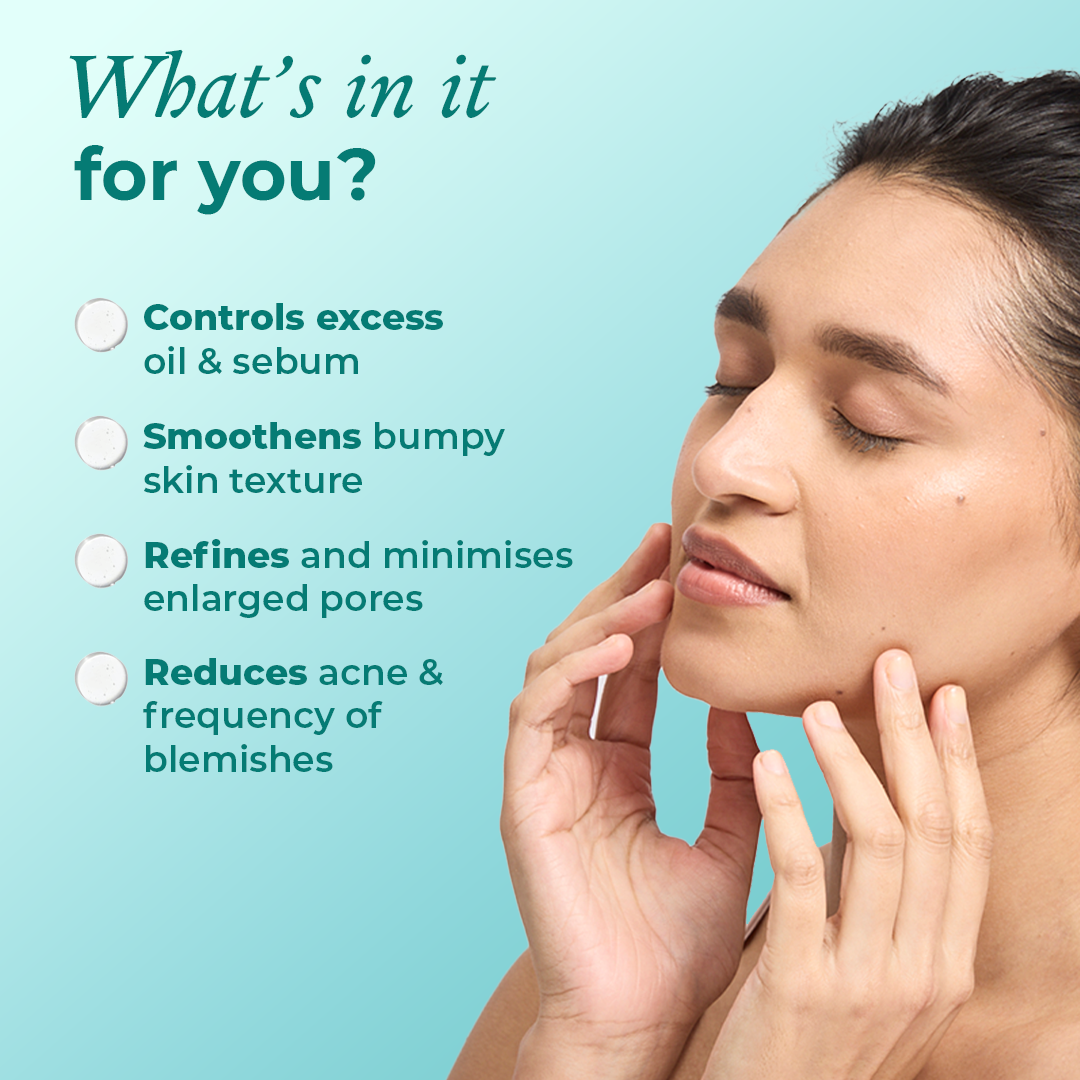
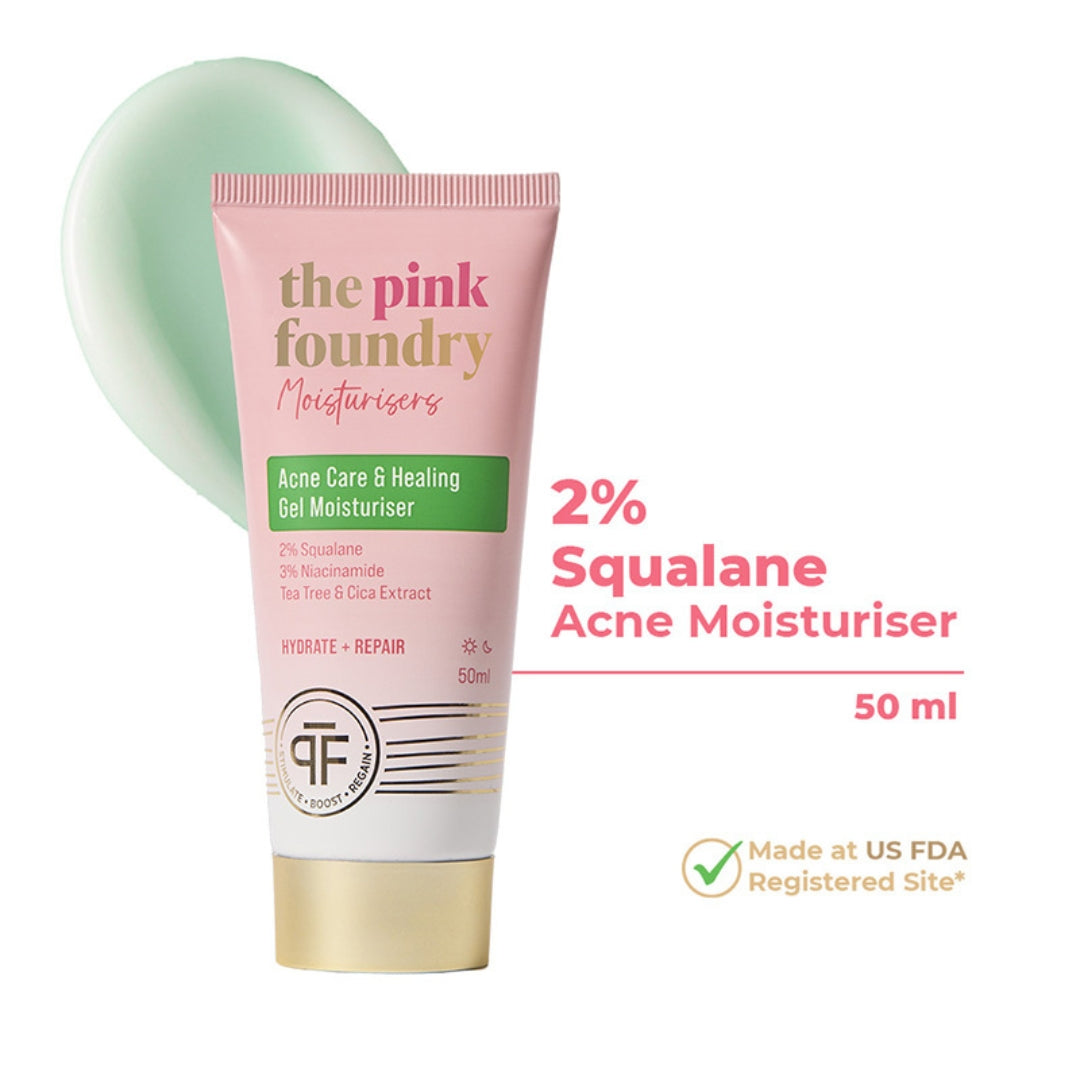
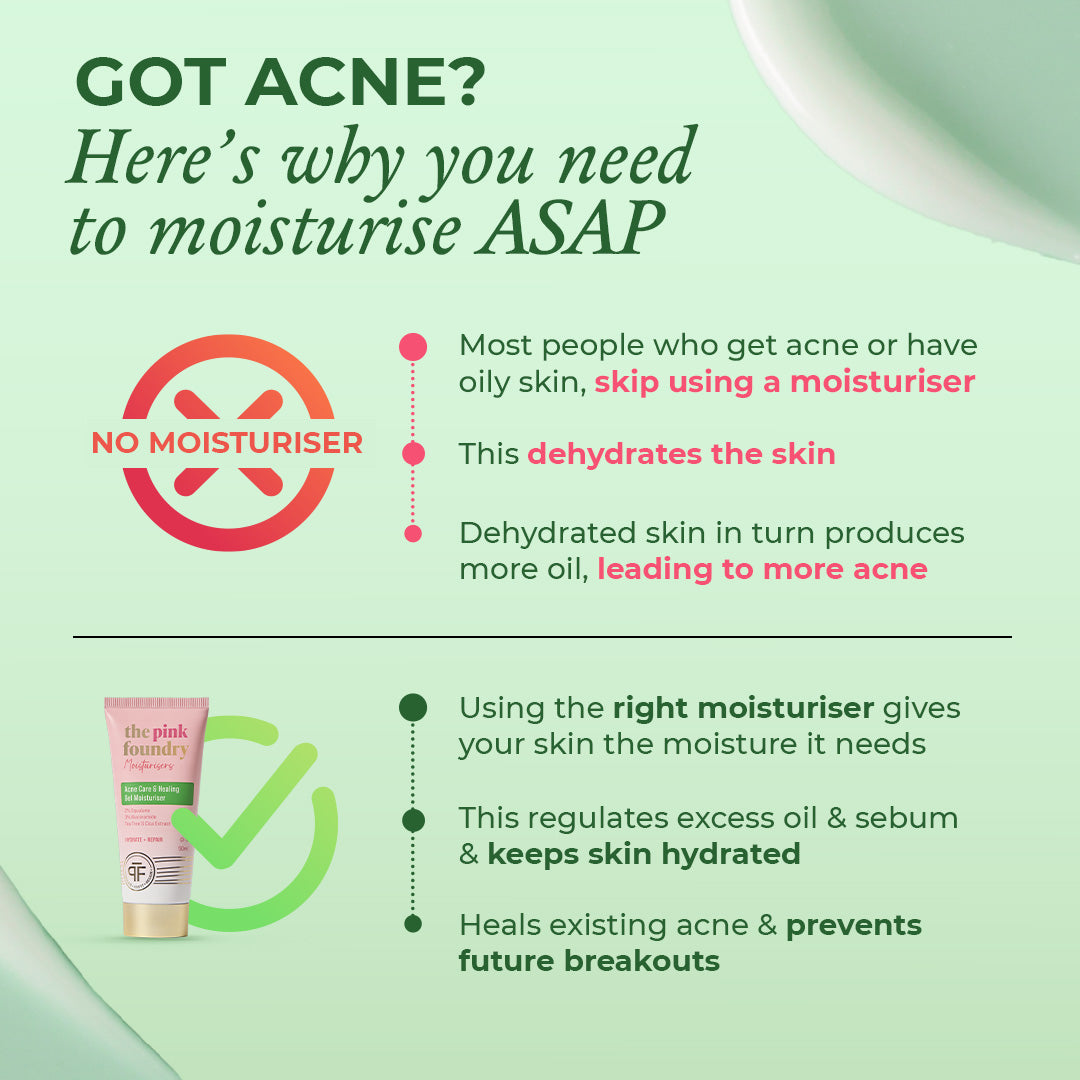
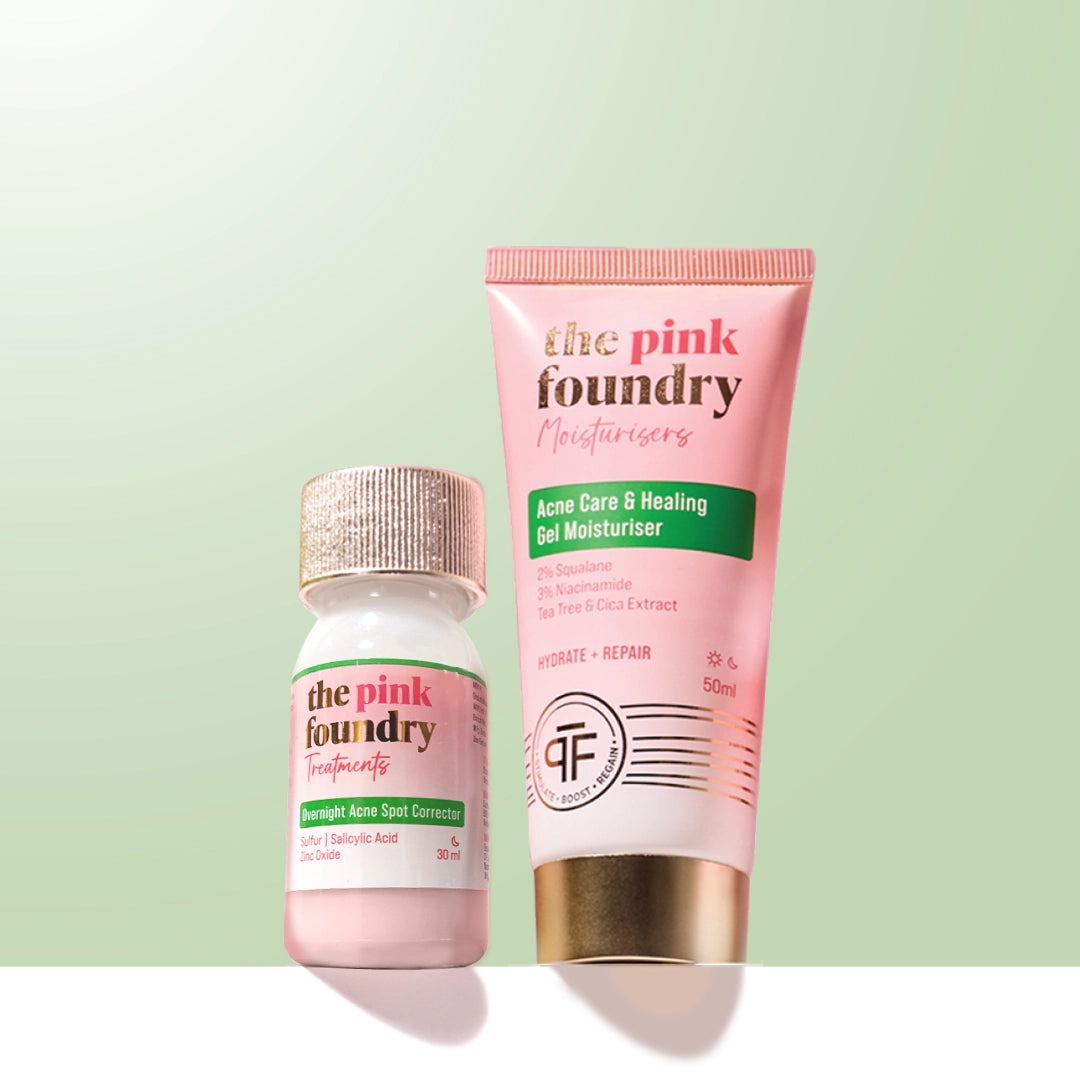
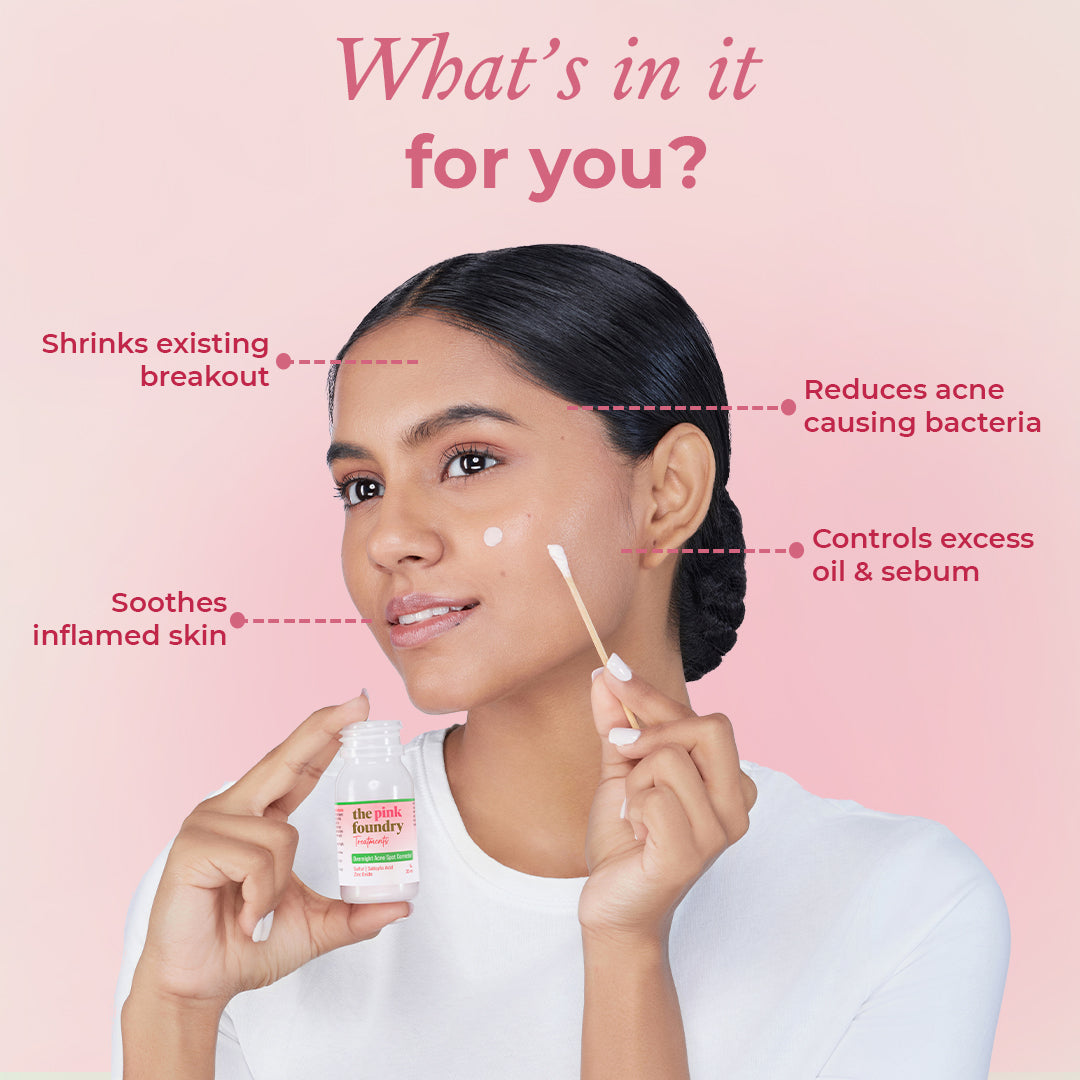
Leave a comment
This site is protected by hCaptcha and the hCaptcha Privacy Policy and Terms of Service apply.